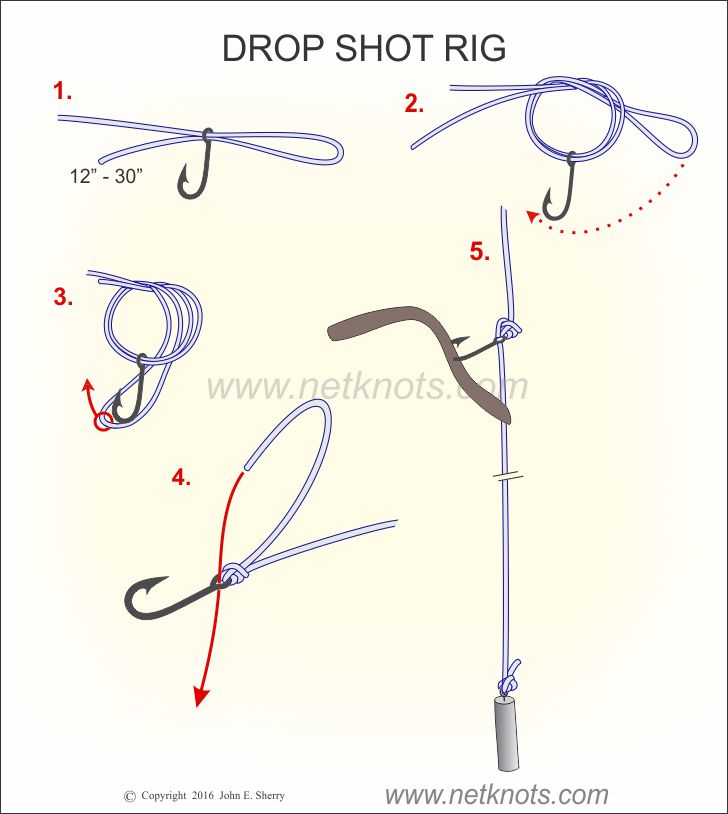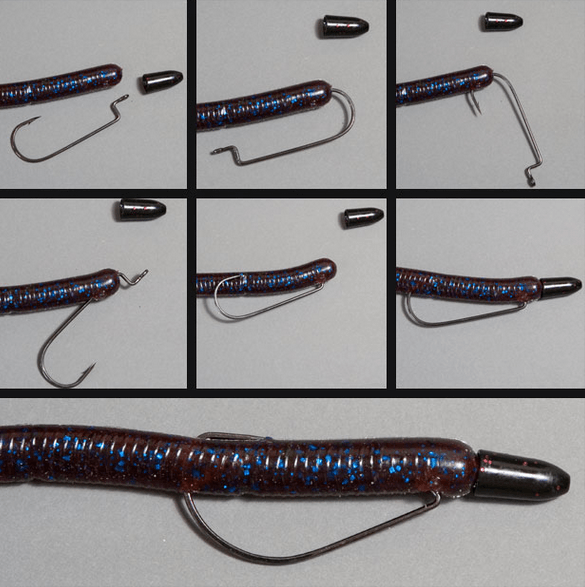How to Fish a Jerkbait

To fish a jerkbait, use a snap-pause retrieve to showcase its shimmying action and increase your chances of catching fish. A straight retrieve is effective, but the jerkbait excels with a snap-pause retrieve.
Jerkbaits are versatile lures that can be used for bass fishing in various conditions. They provide a erratic and random behavior when jerked, making them enticing to fish. Remember to use a rod for fishing a jerkbait and focus on incorporating pauses and sharp jerks into your retrieve.
Using the right technique and understanding the behavior of jerkbaits can greatly enhance your fishing experience.

Credit: www.youtube.com
Introduction To Jerkbait Fishing
What is a jerkbait? A jerkbait is a fishing lure designed to mimic the movement of injured baitfish. It’s characterized by its slender profile and typically has two or three treble hooks. Difference between a jerkbait and a crankbait While crankbaits have a steady side-to-side wiggle, jerkbaits are meant to be fished by jerking the bait, causing a more random and erratic behavior. Benefits of fishing with a jerkbait Jerkbaits are particularly effective for catching bass and are ideal for fishing in cold-water conditions. Their erratic action mimics the movements of distressed baitfish, making them an attractive option for predatory fish.

Credit: www.wikihow.com
Essential Jerkbait Gear
Choosing the right jerkbait involves considering various factors. One important factor is selecting the right fishing rod. The rod should have a medium action and a length between 6 to 7 feet, allowing for accurate and controlled casting. Matching the right line and leader is also crucial. A braided line with a 20-pound test is ideal, as it provides strength and sensitivity. Adding a fluorocarbon leader of 10 to 12 pounds helps prevent fish from seeing the line.
Jerkbait Techniques And Retrieval
| How to Fish a Jerkbait |
|
A jerkbait is a versatile lure that can catch a wide range of fish species. To maximize your success with a jerkbait, mastering the snap-pause retrieve is crucial. This technique involves casting the jerkbait out, then using quick snaps of the rod to make the lure dart and stop in the water. The pauses between the snaps imitate a wounded or injured baitfish, which can trigger predatory instincts in fish. Working the jerkbait for different species also requires adjusting your cadence. Some fish prefer a faster, more aggressive retrieve, while others respond better to a slower, more subtle action. Experimenting with different speeds, pauses, and rod movements can help you find the right cadence for each species. Remember to vary your retrieve and cadence to mimic the natural behavior of the baitfish in the water. This will make your jerkbait appear more enticing and increase your chances of attracting strikes. |

Credit: majorleaguefishing.com
Best Practices For Jerkbait Fishing
When it comes to fishing a jerkbait, it is important to consider the ideal conditions for jerkbait fishing. Key factors include water temperature, clarity, and presence of baitfish. Additionally, pay attention to the cadence and action when reeling in a jerkbait. Vary the retrieve speed and incorporate pauses to mimic injured baitfish. In addition, understanding the different actions for different situations is crucial. Experiment with long sweeps, sharp twitches, and erratic motions to entice strikes in various scenarios.
Top Jerkbait Fishing Tips
Cutting slack for better results: When fishing a jerkbait, it’s essential to leave some slack in your line. This allows the bait to move freely and creates a more natural, erratic action that attracts fish.
Choosing the right line for jerkbait fishing: Selecting the right line is crucial for jerkbait fishing success. Fluorocarbon lines are ideal as they are nearly invisible in the water, allowing the bait to appear more lifelike. Choose a line with a low diameter for better control and sensitivity.
Recommended jerkbaits for bass fishing: There are various jerkbaits available, but for bass fishing, some popular options include the Berkley Stunna Jerkbait and the Strike King KVD Deep Jerkbait. These baits have proven track records and produce excellent results when fished correctly.
Frequently Asked Questions Of How To Fish A Jerkbait
What Is The Difference Between A Jerkbait And A Crankbait?
The main difference between a jerkbait and a crankbait is their movement. Crankbaits have a steady side to side wiggle and wobble, while jerkbaits are fished by jerking the bait, causing a more erratic behavior. Crankbaits are fished with the reel, while jerkbaits are mostly fished with the rod.
What Fish Are Jerkbaits Good For?
Jerkbaits are good for bass. Their erratic movement entices bass to strike. They are also effective for walleye and trout.
When Should I Use A Jerkbait?
Use a jerkbait when you want a random and erratic motion. It’s best for bass fishing. Avoid passive voice and start with short, SEO-friendly sentences.
What Action For A Jerkbait?
To get the best action for a jerkbait, try a snap-pause retrieve. A straight retrieve will work too, but the jerkbait shines with a shimmying action on a snap-pause retrieve. Experiment with different techniques like sharp jerks or a straight sweep, depending on the water temperature.
Conclusion
Mastering jerkbait fishing is essential for success in catching bass. With the right techniques and understanding of jerkbait behaviors, anglers can expect to enhance their fishing experience. By experimenting with various retrieval methods and understanding the differences between jerkbaits and crankbaits, one can effectively use this versatile lure to target bass in different conditions.
Happy fishing!





